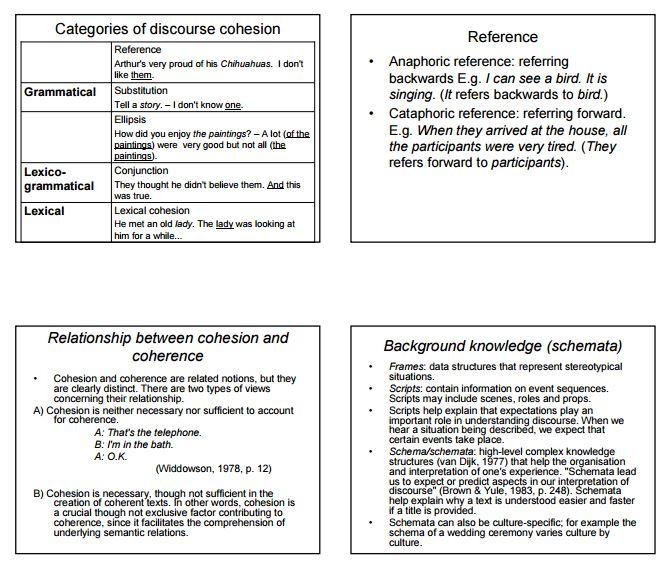
- •Varieties of grammars.
- •4)Pedagogical (traditional) grammar
- •6)Reference grammar
- •14.Categorial meaning of English adjectives. Their lexical / grammatical subclasses and morphemic structure.
- •20. Categorial meaning of English verbs, their lexical / grammatical subclasses and morphemic structure.
- •1) Actional -Denote the action of the active doer
- •2) Statal -Denote the action of the inactive experiencer
- •21. Morphological categories of English verbs.
- •22. Status of future tense in English.
- •23. Syntagmatic / paradigmatic relations. Types of paradigmatic relations.
- •24. Oppositions in grammar. Binary privative opposition.
- •25. Oppositional reduction, Oppositional substitution.
- •26. History of syntactic studies. Ancient times.
- •27. History of syntactic studies. Middle ages and XIX c.
- •28. Approaches to and achievements in syntactic studies in XX c.
- •29. The phrase. Structural classification of English phrases
- •Independent
- •30. The phrase. Structural classification of English phrases.
- •Verb Phrase
- •Infinitive Phrase
- •31. The definition of the sentence. Distinctive features of English sentences.
- •Classification by purpose
- •(B) classification by structure
- •33. Structural types of simple sentences (after r. Quirk et al).
- •34. Ic method. Types of immediate constituents.
- •Immediate Constituents (ic) method (bloomfield’s term)
- •35. Compound sentences. Types of connections ((a)syndetic)
- •36. Complex sentences. Noun clauses.
- •37. Complex sentences. Adjective clauses.
- •38. Complex sentences. Adverbial clauses.
- •39. Basic notions of pragmatics. Locution, illocution, perlocution. Types of addressees.
- •40. Speech acts classification (John Searle)
- •41. Speech acts classification (Pocheptsov g.G., Shevchenko I.S.)
- •42. Pragmatic transposition.
- •43. Text and discourse (approaches to distinguishing)
- •44.Seven principles of textuality (r de Beaugrande)
- •45. Grammatical cohesion of the text (m.A.K. Halliday, r.Hasan). Types of cohesive devices.
- •2) Ellipsis
- •3) Substitution
- •46. Lexical cohesion of the text (m.A.K. Halliday, r.Hasan).
- •47. Coherence :: cohesion of the text. Types of relations of coherence.
- •48. Spontaneous and induced discourse.
- •49. Discourse analysis as a social research method.
- •50. Levels of sociological discourse analysis.
- •51. Textual discourse analysis. Discourse as object.
- •52. Content as a level of discourse analysis.
- •53. Contextual discourse analysis.
- •54. Interpretation as discourse analysis.
- •55. Semiotic (structural and formal) as a level of textual discourse analysis.
- •56. Frame discourse analysis.
- •57. Conversation discourse analysis.
- •58. Sociological interpretation of discourse.
- •59. Discourse as social information.
46. Lexical cohesion of the text (m.A.K. Halliday, r.Hasan).
Lexical cohesion is a linguistic device which helps to create unity of text and discourse.
Lexical cohesion includes:
1) repetition,
2) synonymy a) antonymy, b) hyponymy
3) collocation
M.A.K. Halliday & Ruqaiya Hasan five categories of cohesive devices creating coherence:
1) reference, 2) ellipsis, 3) substitution, 4) lexical cohesion and 5) conjunction.
Referential devices that create cohesion (M.A.K. Halliday, R. Hasan)
Anaphoric reference occurs when the writer refers back to someone or something that has been previously identified, to avoid repetition.
Anaphoric reference
Pronouns: personal, possessive, demonstratives
Adjectives: previous, above, former, latter, equal, corresponding
Adverbs: here, there, then, thus
Nouns: accusation, advice, excuse, gossip, lie, reply, report, story, summary, verdict, warning
Determiners: such, same
Cataphoric is a reference forward as opposed to backward in the discourse. Something is introduced in the abstract before it is identified.
Demonstratives: this, these
Adjectives: following, next, such
Adverbs: below
47. Coherence :: cohesion of the text. Types of relations of coherence.
Coherence of the text - is what makes a text semantically meaningful.
Types of relations of coherence:
Causality
Enablement
Reason
Purpose

48. Spontaneous and induced discourse.
Another basic distinction lies in the difference between spontaneous discourse and induceddiscourse.
Spontaneous discourse refers to discourse produced by subjects in their everyday lives. Books, records of court proceedings or television programs, for example, frequently comprise the basic material of sociological discourse analysis. Although these discourses are produced by subjects for specific aims and these aims differ from those of sociologists, they are appropriate for certain types of research purposes. However, induced discourses, produced within the framework of research, are more often the fundamental material which sociologists work with when conducting analyses. In the majority of cases, sociologists prefer to focus on discourse induced by social research methods as it enables them to maintain a relatively high level of control over the conditions in which these discourses emerge. This type of discourse is usually produced in the framework of in-depth interviews or via group dynamics, particularly in the form of group discussions. For this reason, we will refer chiefly to induced discourse when examining the methods used in sociological discourse analysis, while bearing in mind that these approaches can also be applied to spontaneous discourse.
49. Discourse analysis as a social research method.
Discourse analysis as a social research method - is grounded in two basic assumptions:
the knowledge of social intersubjectivity provides us with indirect knowledge about the social order because intersubjectivity is a product of it and because the social order is formed and functions through this social intersubjectivity;
discourse analysis allows us to understand social intersubjectivity because discourses contain it and because social intersubjectivity is produced through discursive practices.
